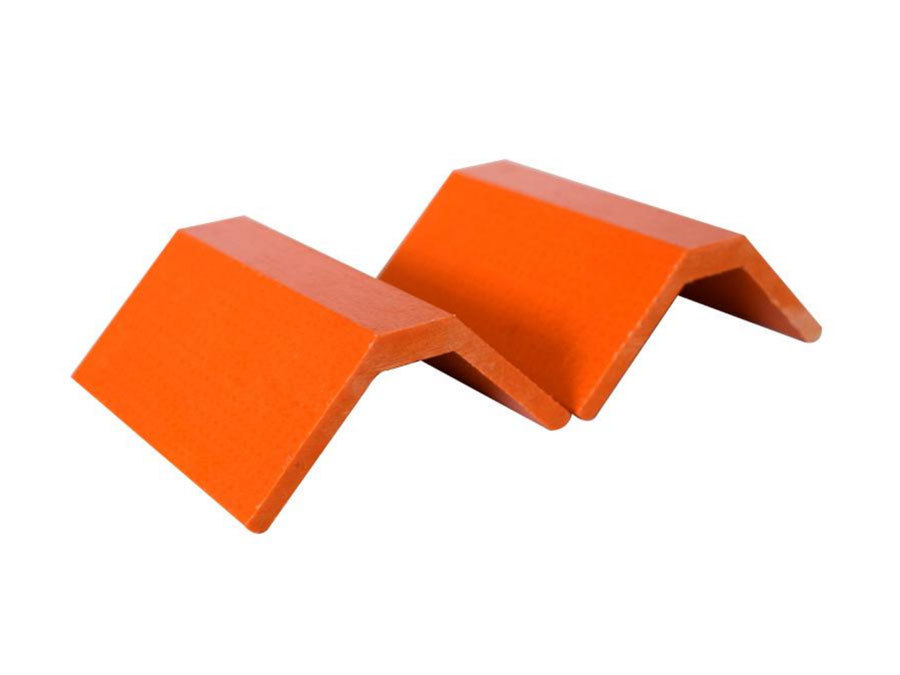Fast delivery
Global supplier
Innovative solutions
What is the impact of the cross-sectional shape of fiberglass profiles on their thermal performance?
Apr 22,2025
What is the impact of the cross-sectional shape of fiberglass profiles on their thermal performance?
Fiberglass profiles are widely used in various applications, ranging from construction to automotive industries, due to their excellent mechanical properties, corrosion resistance, and lightweight characteristics. However, the thermal performance of these profiles is significantly influenced by their cross-sectional shape. Understanding how the geometry of fiberglass profiles affects thermal performance is crucial for optimizing their design and ensuring energy efficiency in applications where thermal insulation is a priority.
The thermal performance of a material is primarily determined by its thermal conductivity, which indicates how well heat can pass through the material. In the case of fiberglass, which is composed of glass fibers and resin, the thermal conductivity is relatively low compared to metals. However, the cross-sectional shape can further enhance or diminish the thermal insulating properties of fiberglass profiles.
One of the key factors to consider is the surface area to volume ratio of the cross-sectional shape. Profiles with a larger surface area, such as those with complex geometries or multiple flanges, can dissipate heat more effectively due to increased exposure to the surrounding environment. This can be advantageous in applications where heat dissipation is desired, such as in electrical enclosures or heat sinks. Conversely, profiles with a smaller surface area may retain heat more efficiently, making them suitable for applications requiring thermal insulation, such as windows or building facades.
Another important consideration is the presence of air pockets within the cross-sectional shape. Designs that incorporate hollow sections or voids can trap air, which is a poor conductor of heat. This trapped air acts as an insulating layer, significantly reducing the thermal conductivity of the fiberglass profile. For instance, profiles with a tubular or I-beam shape can effectively reduce heat transfer compared to solid rectangular profiles. The strategic design of these air pockets can enhance the thermal performance of the profile while maintaining structural integrity.
Moreover, the orientation of the fiberglass fibers within the cross-section plays a crucial role in thermal performance. Fiberglass is typically manufactured in layers, and the orientation of these layers can influence the heat flow direction. If the fibers are aligned parallel to the heat flow direction, the thermal resistance may be lower compared to a configuration where the fibers are oriented perpendicular to the heat flow. This anisotropic behavior can be leveraged in design to optimize thermal performance based on the specific application requirements.
The thickness of the fiberglass profile is another parameter that directly impacts thermal performance. Thicker profiles generally provide better insulation due to the increased distance heat must travel through the material. However, this must be balanced with the weight and structural requirements of the application. For instance, in the construction of energy-efficient buildings, optimizing the thickness of fiberglass window frames can lead to significant energy savings by minimizing heat loss in winter and heat gain in summer.
In addition to these geometric considerations, the manufacturing process of fiberglass profiles can also influence their thermal performance. Different resin formulations and fiber types can lead to variations in thermal conductivity. For example, incorporating additives that enhance thermal insulation properties or using low-conductivity resins can improve the overall thermal performance of the profile.
Furthermore, the application of surface treatments or coatings can modify the thermal performance of fiberglass profiles. Reflective coatings can reduce heat absorption from sunlight, making them suitable for outdoor applications, while insulating coatings can enhance thermal resistance for indoor applications. The choice of surface treatment should align with the intended use of the fiberglass profile to maximize its thermal efficiency.
It is essential to consider the environmental conditions in which fiberglass profiles will be used. Factors such as ambient temperature, humidity, and exposure to sunlight can all affect the thermal performance of the profiles. Therefore, designing fiberglass profiles with the appropriate cross-sectional shape and material properties for specific environmental conditions is crucial for achieving optimal thermal performance.
In conclusion, the cross-sectional shape of fiberglass profiles has a significant impact on their thermal performance. Factors such as surface area to volume ratio, presence of air pockets, fiber orientation, thickness, manufacturing processes, and surface treatments all play a vital role in determining how well these profiles can insulate or dissipate heat. By understanding these relationships, engineers and designers can optimize fiberglass profile designs for specific applications, ultimately leading to enhanced energy efficiency and performance in various industries. As the demand for energy-efficient materials continues to grow, the importance of considering thermal performance in the design of fiberglass profiles will only increase.
PREVIOUS:
Contact Us
Tel:
+86017717930013 +86013621742959
Email:
Address:
No.99 Denggao Road, Motou Town, Rugao City, Jiangsu Province, China.








